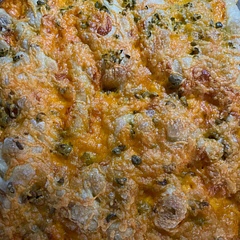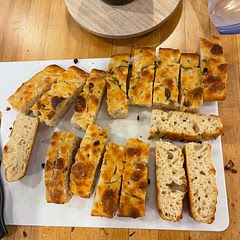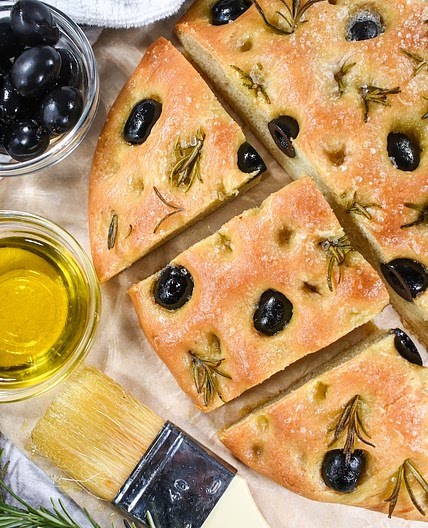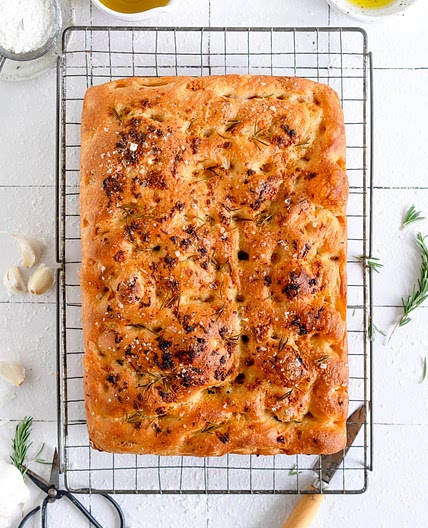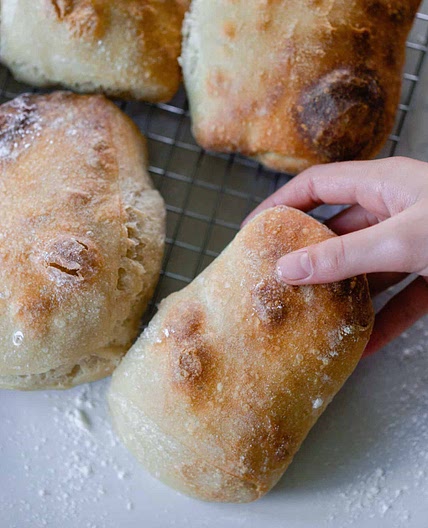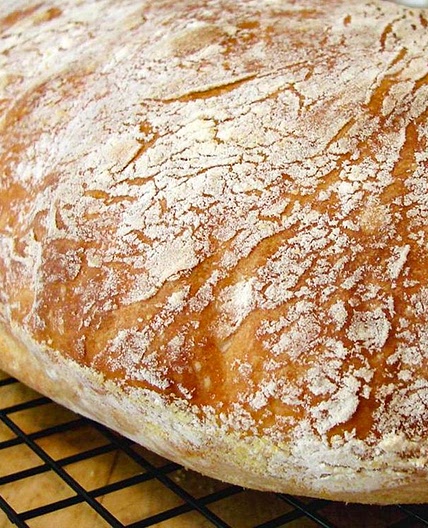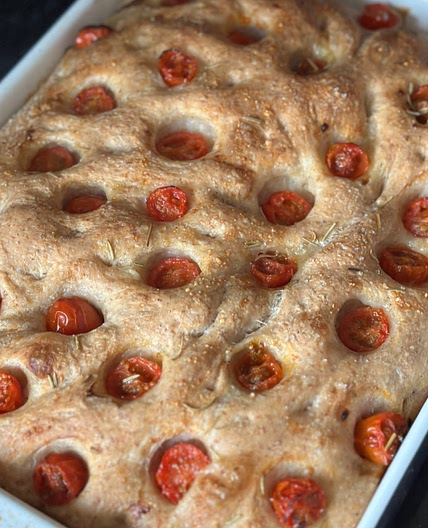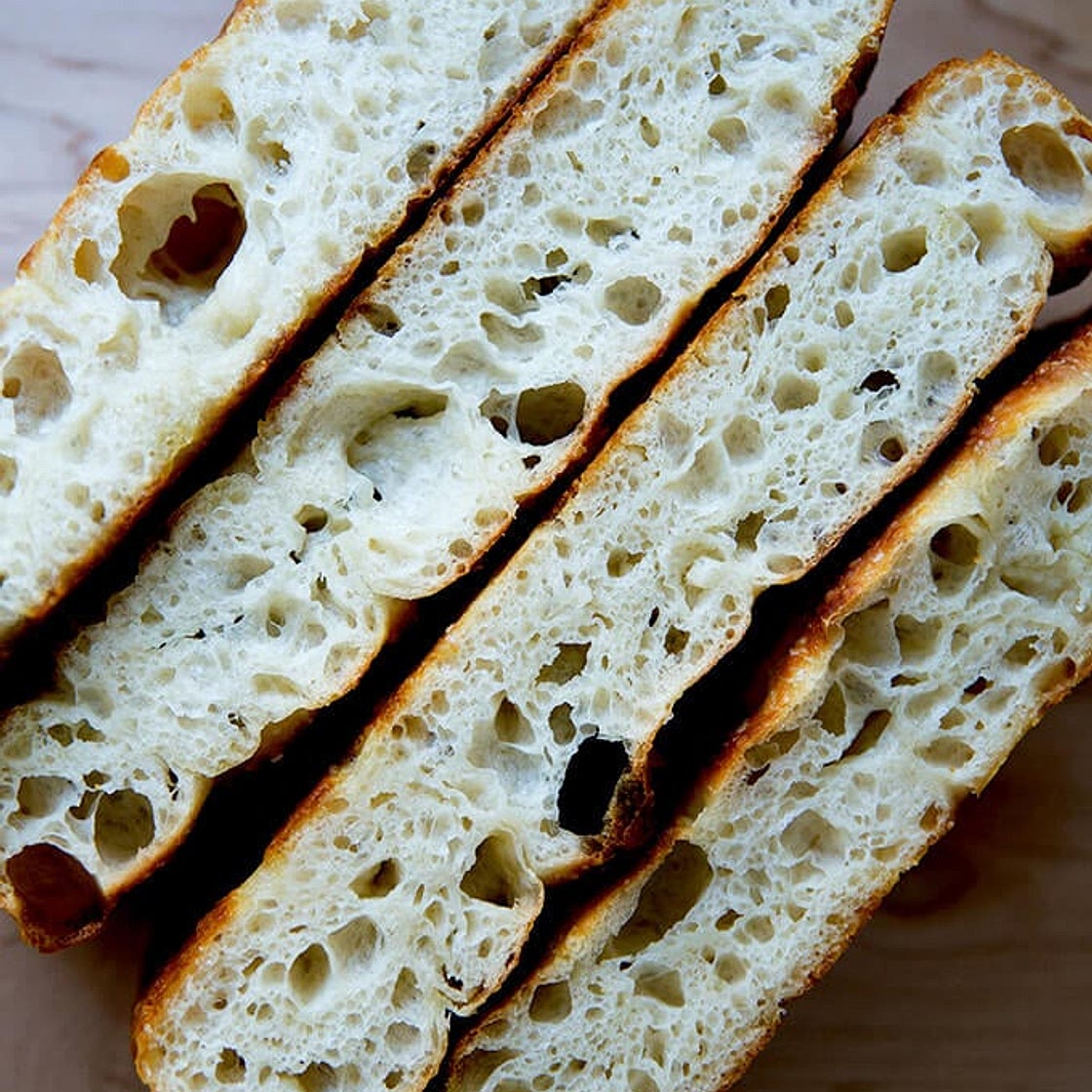
1/4

2/4

3/4

4/4
100%
6
By alexandracooks.com
Simple Sourdough Focaccia
Instructions
Prep:24hCook:25min
Updated at: Sat, 27 Dec 2025 00:14:36 GMT
Nutrition balance score
Good
Glycemic Index
74
High
Glycemic Load
293
High
Nutrition per serving
Calories2375.7 kcal (119%)
Total Fat52.1 g (74%)
Carbs397.4 g (153%)
Sugars2.1 g (2%)
Protein67.3 g (135%)
Sodium4660.2 mg (233%)
Fiber19.3 g (69%)
% Daily Values based on a 2,000 calorie diet
Ingredients
1 servings
Instructions
View on alexandracooks.com
↑Support creators by visiting their site 😊
Notes
22 liked
0 disliked
Delicious
Easy
Go-to
Kid-friendly
Crispy

